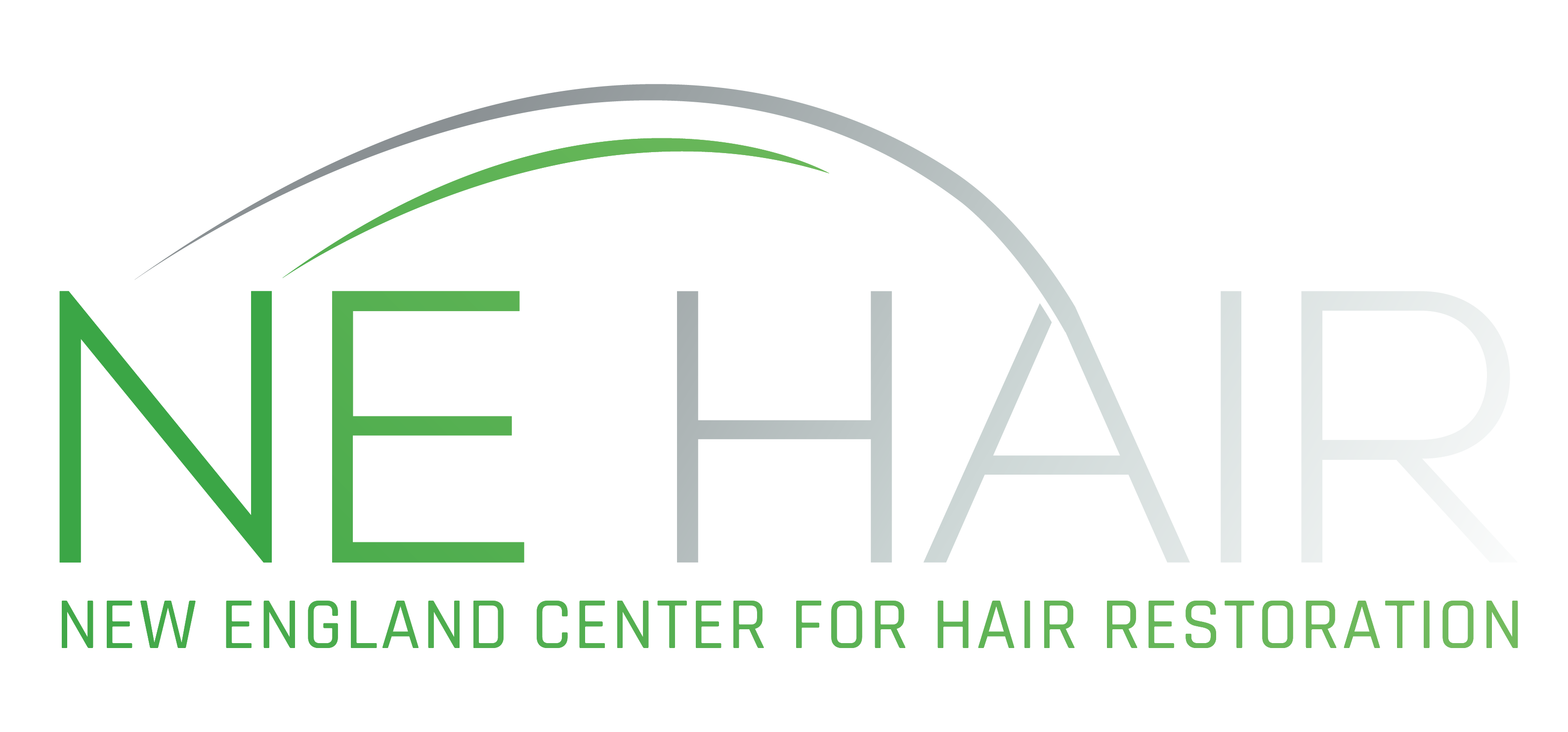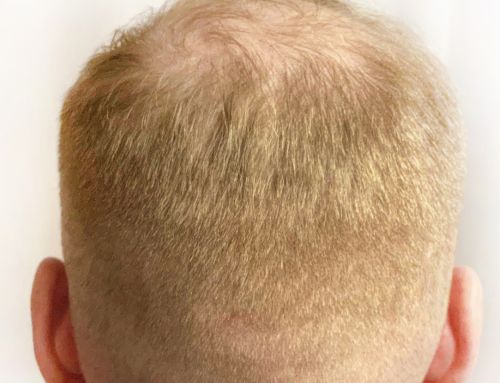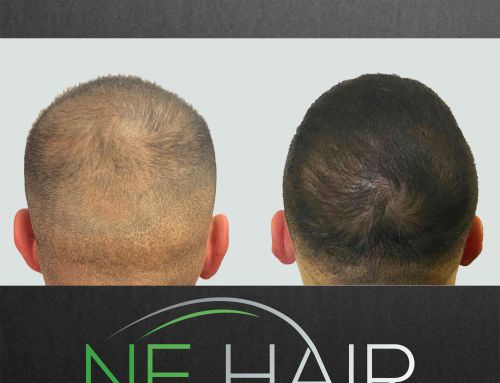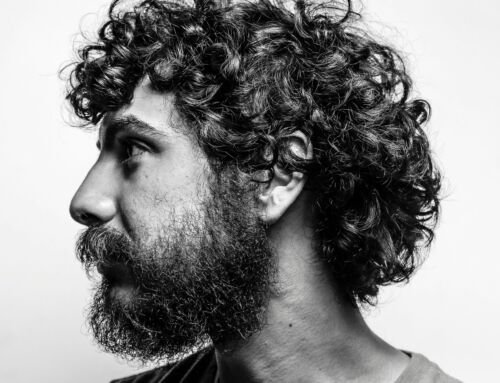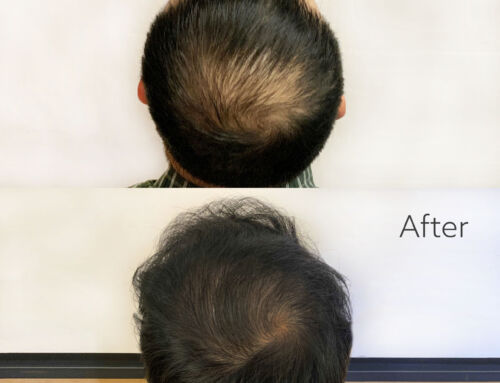I recently received a message from a LinkedIn connection who happily shared, “As you can see from my picture, I have been very fortunate to have perfect skin and no wrinkles.” Some people just hit the genetics lottery. The vast majority of us need a little help. Dermal fillers come to the rescue in a big way. And there is little doubt in this doctor’s mind that dermal fillers are here to stay. It has now been over a decade since Restylane was FDA approved (March, 2005) and another (Ellanse) will be the next dermal filler to hit the US. Dermal fillers are VERY popular. The reason is simple. They offer a safe and effective way to bring youthful results without expensive cosmetic surgery. Most patients who have had dermal fillers are happy and come back for more.
However, with the arrival of new dermal fillers and different formulations it can be difficult to determine which filler works best for each ‘wrinkle.’ Dermal fillers are approved by the FDA for treatment of specific areas of the face. Radiesse was approved by the FDA for treatment of naso-labial folds back in 2006. Last month it was approved for “improvement of volume loss on the dorsum (back) of the hands.” Dermal fillers are FDA approved for certain areas of the face, with other uses designated as ‘off label’ uses.
Here are the areas of the face that most people look to correct.

In 2010 Juvederm Ultra was FDA approved to last ‘up to a year.’ I heard a case report of a woman who had Juvederm in her lips for a year and a half and wanted it removed because it just wouldn’t go away. That is rare. Juvederm Ultra is a sterile gel made up of crossed linked hyaluronic acid. I have been a fan of Juvederm but my experience is that it lasts 4-6 months, occasionally longer. It really depends on the area injected. Also, some people just break down the product faster than others. Areas like the mouth that have more movement tend to have a shorter life-span for dermal fillers. The naso-labial folds last longer. Juvederm has a very smooth consistency and is quite popular due to its multitude of effective uses.
Use Juvederm Ultra for naso-labial folds, lips, marionette lines & peri-oral lines
Restylane
Like Juvederm, Restylane is a sterile gel made up of crossed-linked hyaluronic acid. Restylane and Juvederm are popular because they work well and have strong safety profiles. Restylane’s cross-linked hyaluronic acid is smaller in size. This allows for better use in more delicate areas such as around the eyes, tear troughs, around the lips and “frown lines” between the eyebrows. Many times when trying to determine which filler is best it comes down to patient experience. If a patient had Juvederm Ultra in her lips or naso-labial folds and it lasted nearly a year, your best bet is to try it again. Restylane, like Juvederm Ultra last for 4-6 months and typically cost $400-$600 per syringe.
Use Restylane for tear troughs, lips, naso-labial folds, marionette lines, crow’s feet, peri-oral lines & brow lines.
Perlane and Juvederm Ultra Plus
Perlane is made by the same company (Medicis) that makes Restylane. Perlane’s cross-linked hyaluronic acid molecules are much larger; this makes it denser and thicker with a higher molecular weight. Perlane, therefore, works best for areas that need more volume such as deep naso-labial folds or to increase volume to the cheeks. Juvederm Ultra Plus works very similar to Perlane in this regard. These two products typically last longer (6-9 months) and do cost a bit more ($500-$750 per syringe).
Use Perlane and Juvederm Ultra Plus for cheek augmentation, naso-labial folds & marionette lines.
Prevelle was FDA approved in 2008 and has been used worldwide. Prevelle Silk is just Prevelle plus lidocaine. It clearly is not as common as Restylane or Juvederm but there is indeed a place for it. Prevelle is at the opposite end of the spectrum than Perlane with a low molecular weight and is the smallest molecule in this class. Prevelle’s best use may be as an entry level filler; for those who may be new to dermal fillers or hesitant to make big changes. It tends to cause less swelling and is best used for fine lines and wrinkles as well as for lip augmentation. The downside with Prevelle is that it just doesn’t seem to last very long; typically 3-4 months. However, it is less expensive and if someone is hesitant and/or looking for subtle changes in the naso-labial folds, fine lines around the mouth or eyes or a mild lip augmentation, Prevelle may be a good option. It is typically around $400 per syringe. Those I have injected with Prevelle tended to not want dramatic changes and were pleased with the lower cost.
Use Prevelle for lips, naso-labial folds, peri-oral lines, tear troughs, marionette lines & brow lines.
Radiesse – Calcium Hydroxylapatite
Radiesse is a constituent of bone and cartilage. Unlike hyaluronic acid fillers that appear clear in the syringe, Radiesse has a milky-white consistency. Being thicker allows Radiesse to do a few things perhaps better than the hyaluronic acid fillers. I like Radiesse for cheek augmentation. It is a very robust filler and when injected into the cheeks tends to ‘hold’ the cheek up, almost giving it a subtle face-lift quality (also known as a ‘lifting’ effect). In addition, Radiesse stimulates new collagen. Radiesse can also be used to for naso-labial folds or marionette lines. It is a bit more expensive ($700-900 per syringe) however comes as a 1.5 ml syringe (vs. 1.0 with Restylane). Radiesse lasts longer too, typically about a year in most patients.
Use Radiesse for cheek augmentation, naso-labial folds & marionette lines. (Never in lips)

The maker of Juvederm Voluma (Allergan) stated this product lasts for up to two years. Most experts will agree that Juvederm Voluma will last much longer than Juvederm Ultra, Restylane, Perlane or Prevelle, but not two years. In Allergan’s study 6-8 ml’s of Voluma was injected into subject’s cheeks. Now this is a large volume of Voluma. I suspect these people left looking like they had golf balls in their mouths. After two years they asked the people to grade if there was still Voluma present. A ‘yes’ meant they answered 1 or above on a scale of 1-6. Point to remember here is that Voluma does last longer than Juvederm Ultra but the reality is that it lasts a year (vs. 4-6 months). Voluma aims to do what Radiesse does, namely filling and lifting the cheeks. My opinion is that while Voluma does last as long as Radiesse and does a fantastic job filling naso-labial folds and marionette lines, I prefer Radiesse for the cheeks.
Use Juvederm Volema for cheek augmentation, naso-labial folds & marionette lines.
Sculptra is a collagen stimulator and is really in its own class and is not technically a dermal filler. Sculptra is injectedthroughout the face. Its goal is to bring volume to the entire face in areas such as the cheeks, naso-labial folds, marionette lines and chin. It is completed in a series of sessions 6 weeks apart. It works very slowly taking up to six months to see the full effect. Done correctly the results are very natural and subtle. I have left the use of Sculptra to the plastic surgeons or other experts. Sculptra has been used to correct the facial tissue loss seen with HIV patients, or hollowing of the face that is genetic in certain families. Also when plastic surgery is riskier in an older patient, Sculptra has been used as a strong alternative to surgery.
Belotero is an excellent product. It really does well with treatment of naso-labial folds, marionette lines, lips, lip lines, tear troughs and other fine facial lines. There is less chance for a blue discoloration (Tyndall effect) after superficial injections and the cost is quite similar to comparable products currently on the market. Read more about Belotero Balance .
Making it comfortable
I have used many approaches to ensure patient comfort while performing dermal filler injections. For a period of time I used dental blocks, similar to what you may have at the dentist office. This seemed to be overkill as patients remained numb for hours after leaving the office. I next used Lidocaine Gel with Epinephrine. This is what I have found works the best. It is applied directly onto the skin for about 20-30 minutes before the procedure. It does an excellent job of numbing the area plus the Epinephrine constricts small arteries resulting in less bleeding and/or bruising. However, if you really want to feel ‘nothing’, the dental block is the way to go.
Also, most hyaluronic fillers come with a standard preparation and one ‘with lidocaine’. This helps a little bit at best, not so much during the injection but afterward when the injector smoothens the area injected to assure that there are no bumps. (A good injector should always do this by the way). Restylane, for instance has a preparation that comes with lidocaine which is called Restylane-L.
Guide to Dermal Fillers (My preference)
Safely getting a great result
Dermal fillers should not be used in pregnant or nursing patients, those taking aspirin or blood thinners or with a history of bruising easily. People should not take aspirin, Aleve (naproxen), Advil (ibuprofen), vitamin E or St. John’s Wort for one week before to 2-3 days after the procedure. Tylenol (acetaminophen) is OK. If people have cold sores, I prefer they are treated and resolved before I inject.
Since the injector is putting a needle through the skin there is the risk of infection, bleeding, bruising, swelling and pain. Typically bruising and swelling subsides in 3-7 days. Infections are exceedingly rare.
The most important factor to prevent complications and to help insure a beautiful result is the experience and track record of your injector. Do your homework. Ask questions. How long have you been injecting? What products are you most comfortable injecting? How do you handle requests for touch ups? What fillers do you recommend for different areas of the face? A good injector should be able to thoroughly answer these questions and more.
Be Well,
Dean M. Tomasello, MD
